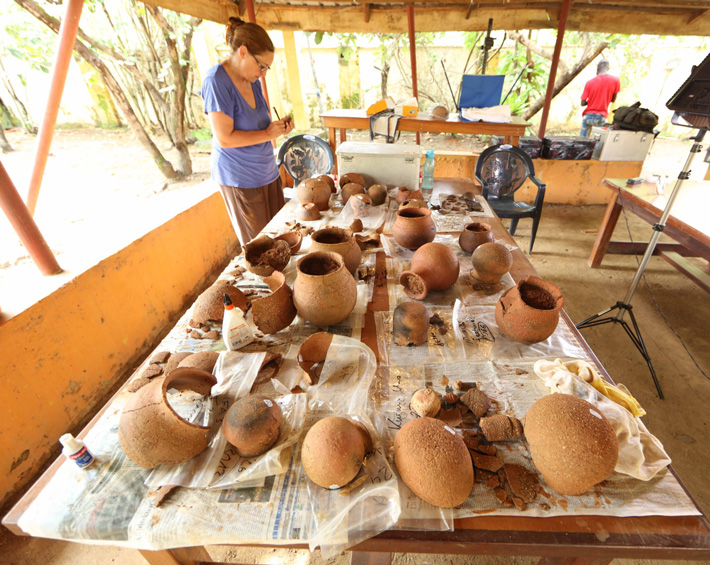
BRISTOL, ENGLAND—According to a statement released by the University of Bristol, the chemical components of beeswax were detected on about one-third of more than 450 pieces of pottery made by central Nigeria’s Nok culture some 3,500 years ago by researchers from the University of Bristol and Goethe University. Peter Breunig of Goethe University said that the team members began analyzing the residues on the pottery because very little evidence of the Nok diet survived in the region’s acidic soil. The pots may have been used to melt wax combs, or perhaps to cook and store honey. Julie Dunne of the University of Bristol noted, however, that in addition to serving as a valuable food source, honey can also be used to make wine and other beverages, and as a preservative for smoked meats. In fact, the presence of meat and beeswax was detected in some of the Nok pots. The beeswax may have been used to prepare medicines, cosmetics, or sealants, she added. To read about the possible origins of beekeeping, go to "Minding the Beeswax."










